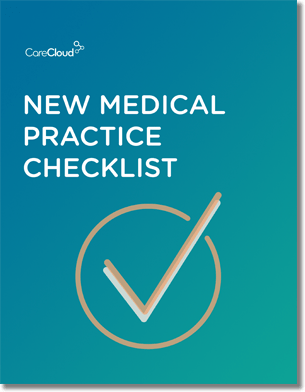In the second installment of our EHR language series, we’ll take a look at Ruby, the backbone of our very own CareCloud Charts.
Ruby is a dynamic, reflective, general purpose object-oriented programming language that combines rule sets from other languages like Perl, Eiffel, Lisp, and Smalltalk.
Ruby works with multiple programming types, including functional, object-oriented, and imperative. It also has a dynamic type system and automatic memory management.
History
Like those pesky little Pokémon, Ruby was created in Japan during the 1990’s. Its creator Yukihiro Matsumoto wanted to design a new language that balanced functional programming with imperative programming.
Matsumoto has been quoted saying, “I wanted a scripting language that was more powerful than Perl, and more object-oriented than Python. That’s why I decided to design my own language.”
At a Google Tech Talk in 2008 Matsumoto further stated, “I hope to see Ruby help every programmer in the world to be productive, and to enjoy programming, and to be happy. That is the primary purpose of Ruby language.”
Ruby on Rails
In short, developers use Rails as the platform to build dynamic websites, web applications, and web services using the Ruby language. Ruby on Rails helps make common programming tasks easier for basic websites by not repeating itself in code lines. It allows programmers to write less code by favoring convention over configuration.
Some of the most well-known web applications written on RoR include Twitter, Hulu, Urban Dictionary, and, of course, CareCloud.
The Good
Ruby is an object-oriented language in the purest sense of the word. It differs from C++ or C# which use both object types and value types, or even Java where most things are objects and a few native types must be “boxed” in order to be treated like objects. Everything in Ruby is an object.
Ruby is the programming language for the World Wide Web. Ruby makes it quite easy to develop web clients for web bots, or software applications that run automated tasks over the Internet.
Best of all Ruby and its interpreter is free. Ruby doesn’t cost anything to download or use for any purpose. Any user of Ruby is free to see and modify the source code according to their needs.
The Bad
Ruby is not as popular as other languages. There are plenty of Ruby jobs out there, but there are many more PHP and Java jobs out there. If you’re learning a language as a career choice, Ruby may not be the best choice. According to Matsumoto, though, you’ll have a lot more fun with Ruby than any of the other languages.
So that’s it for now, folks. Hope you enjoyed our second installment of the languages that give EHRs life.
Too “techy” for your tastes? No worries. We have a Harlem Shake video you can use to rinse out the metallic taste.

Do you know what you need when setting up a new medical practice?

